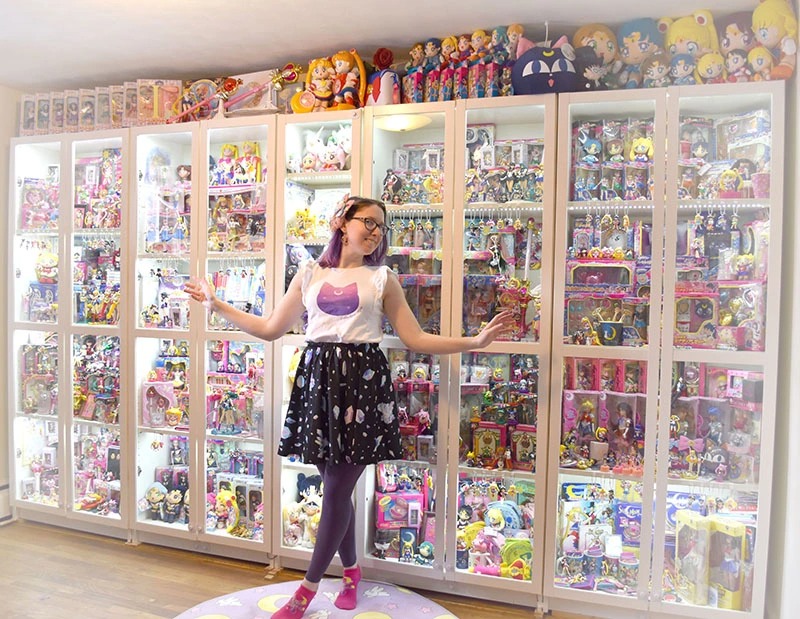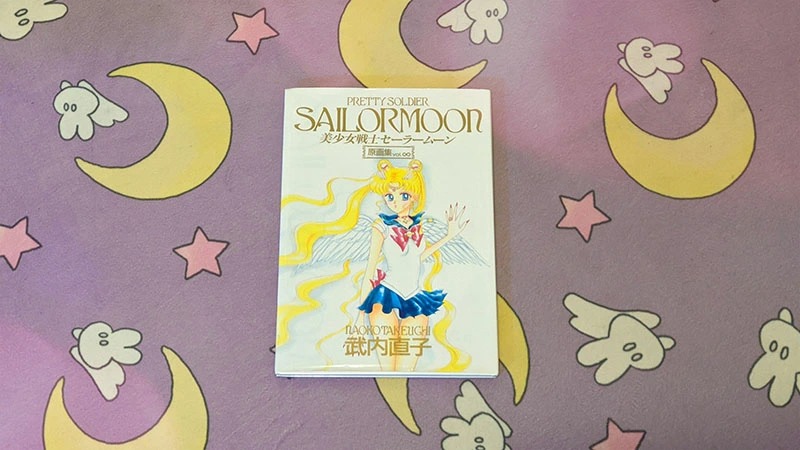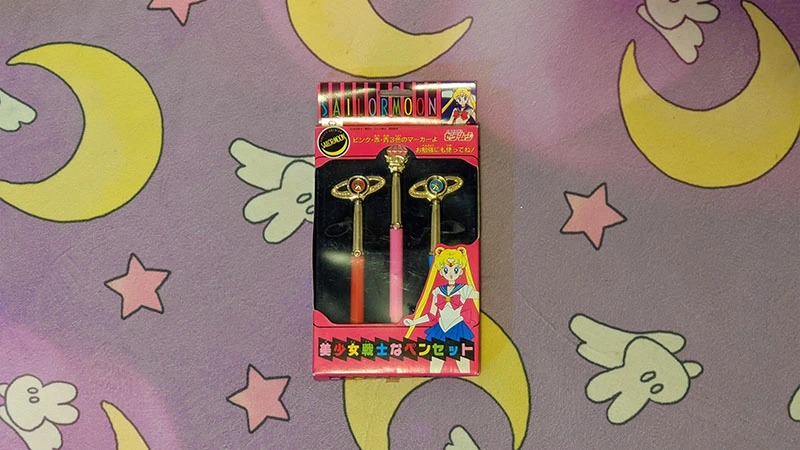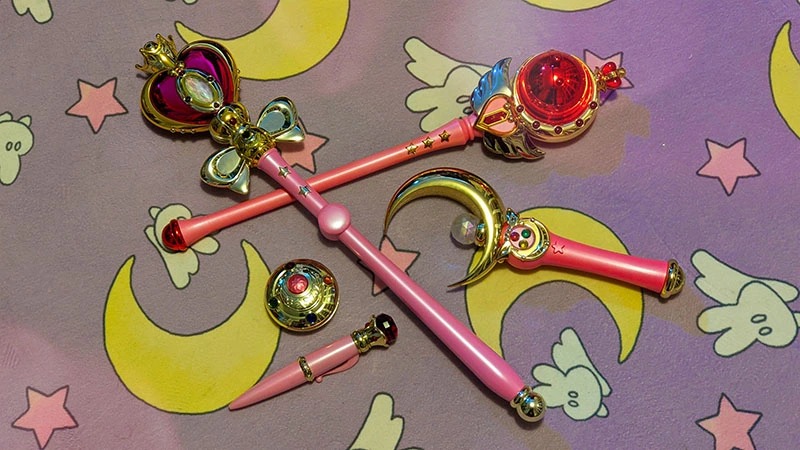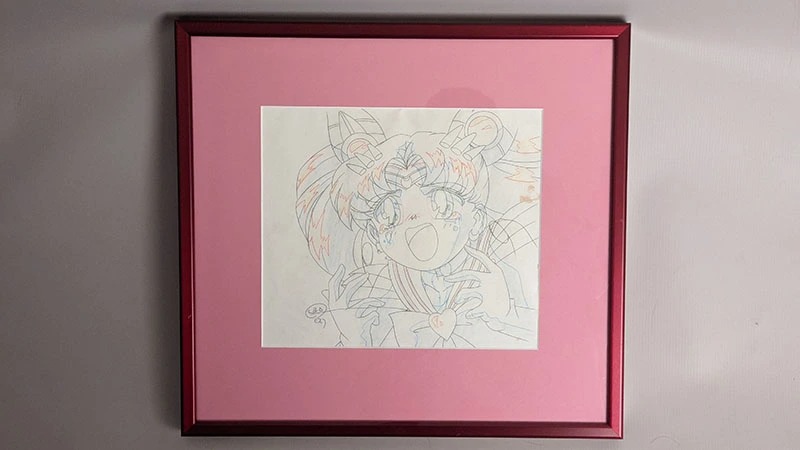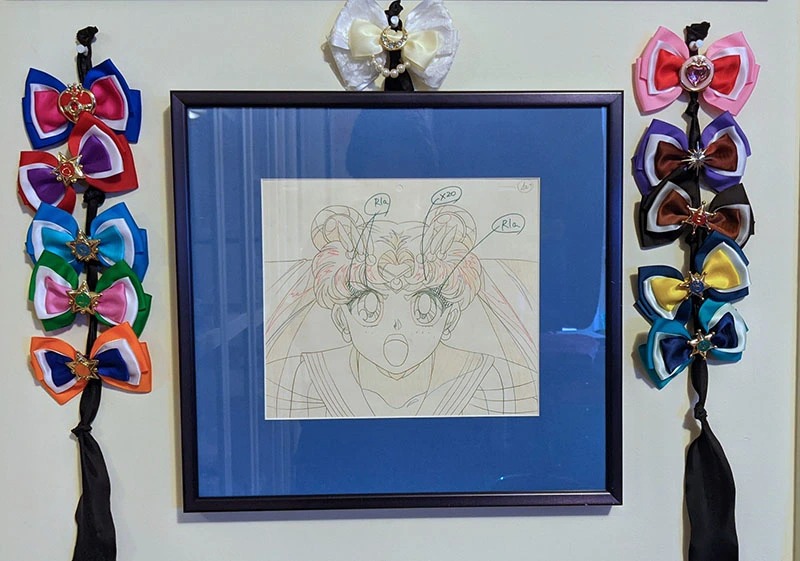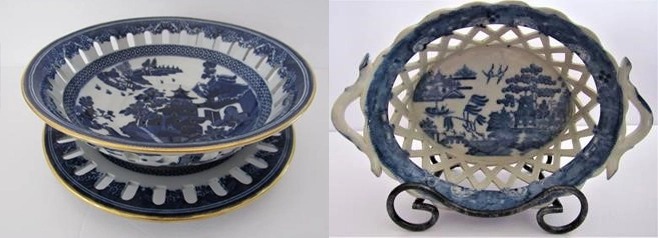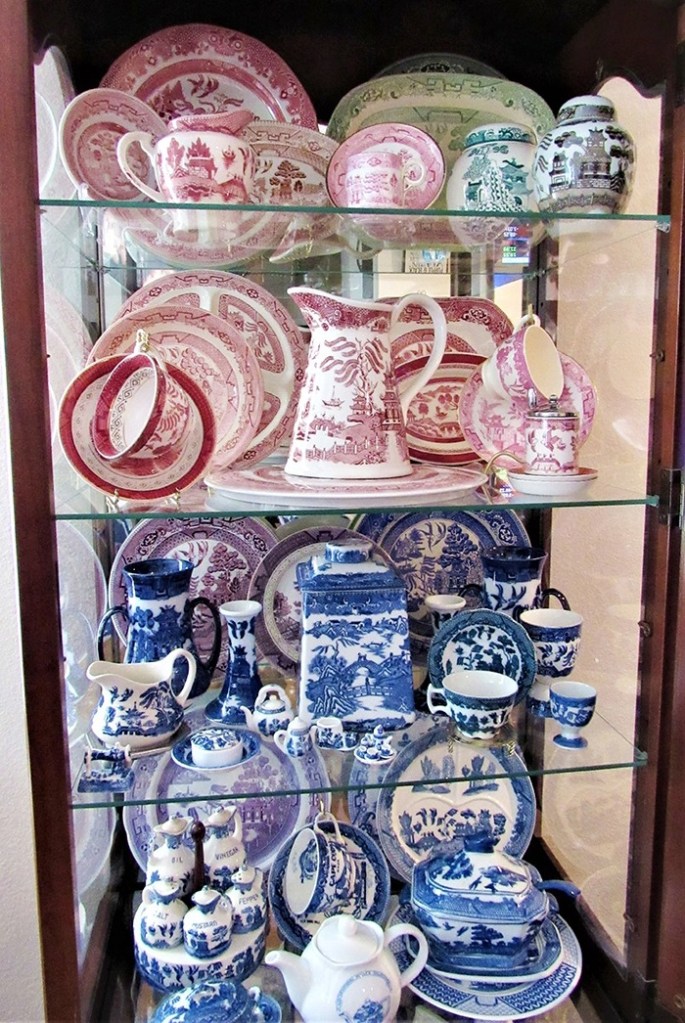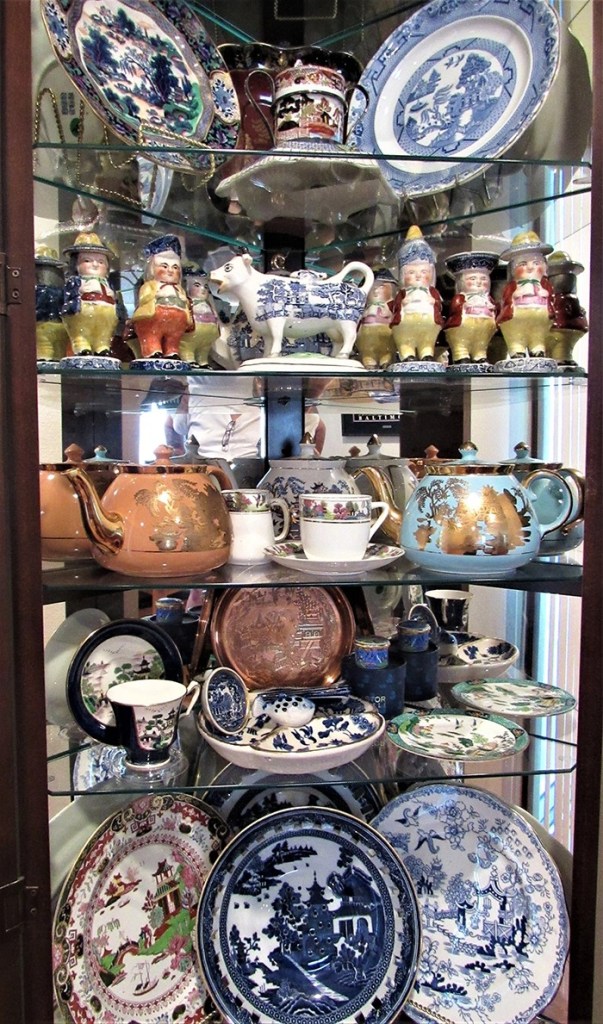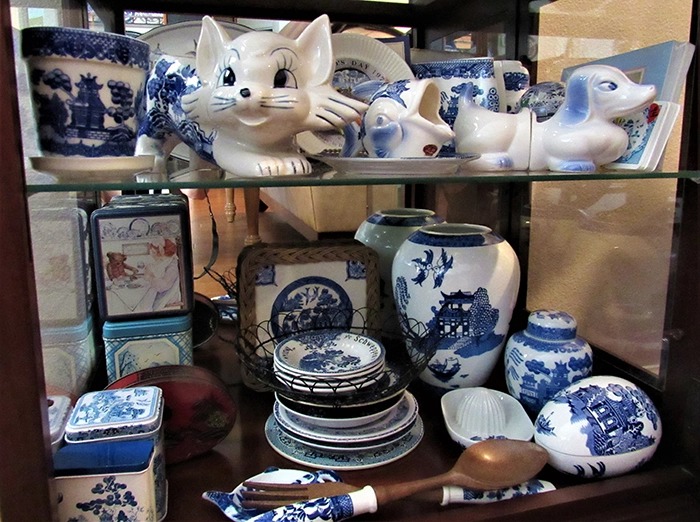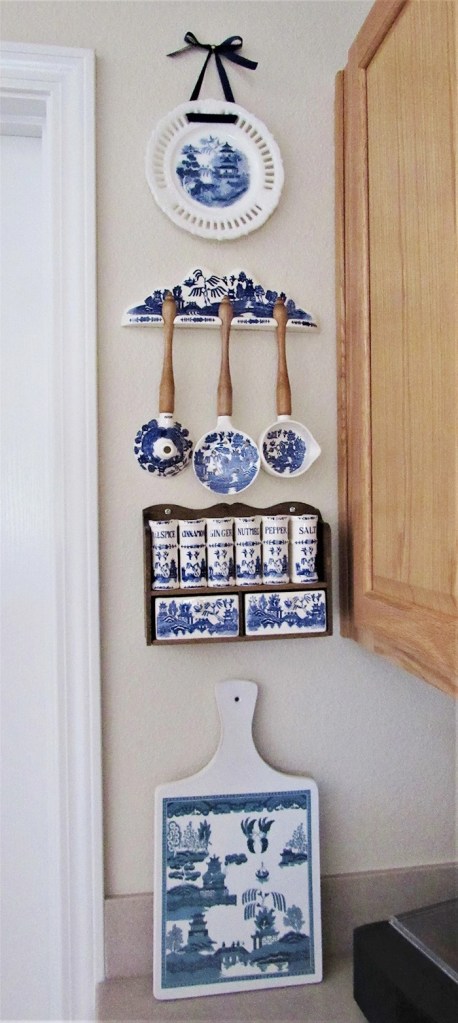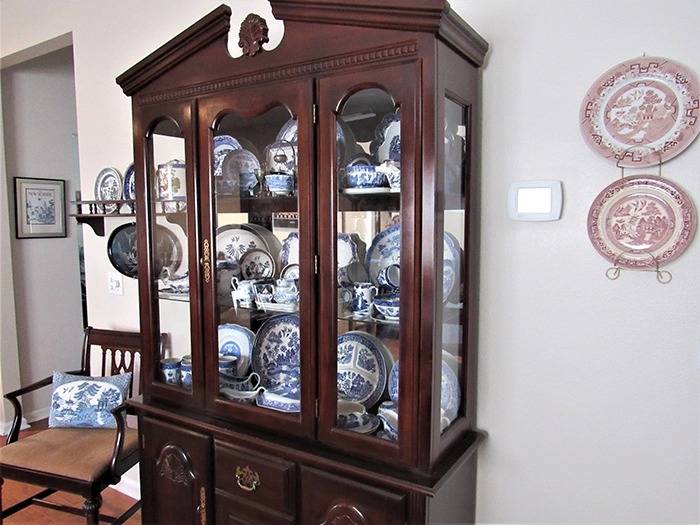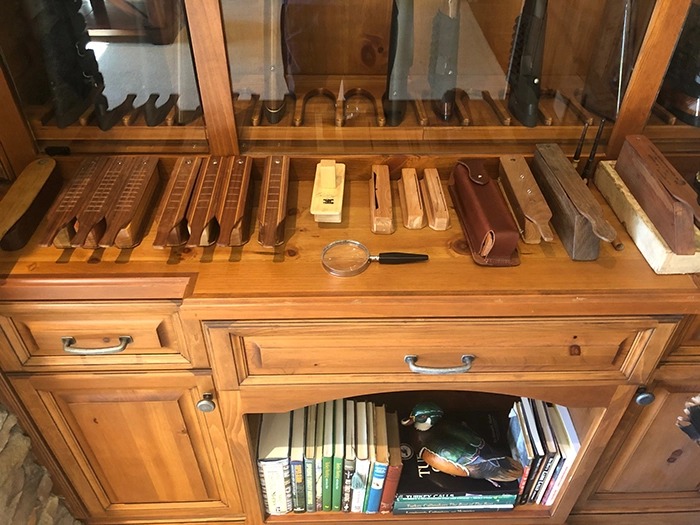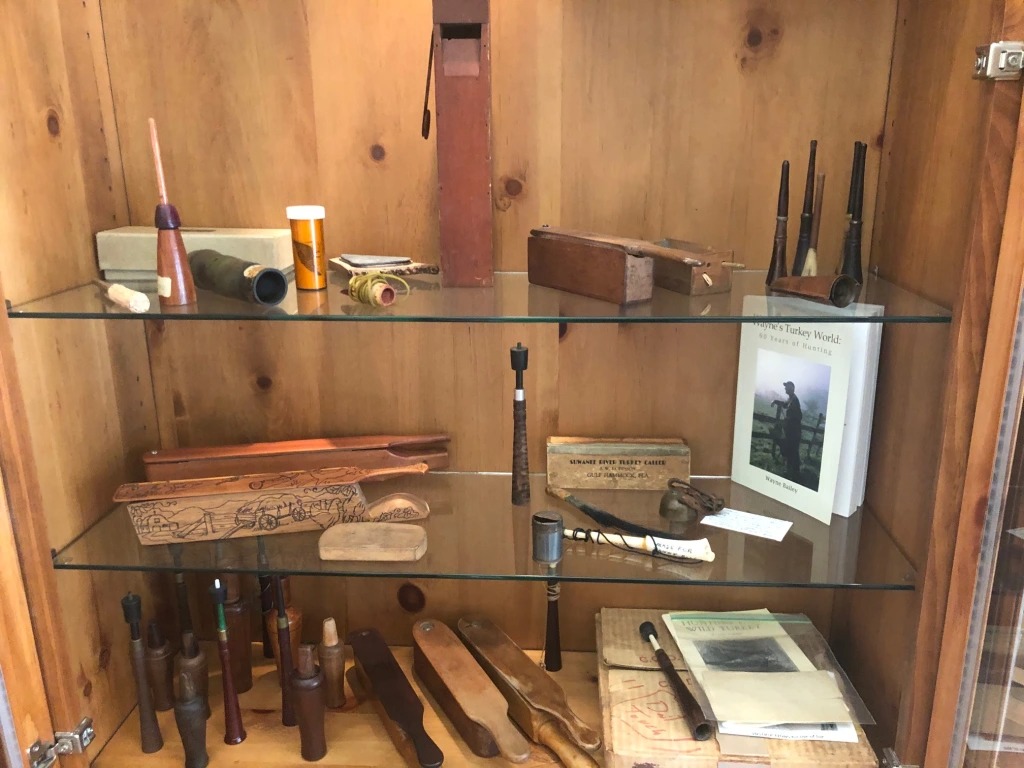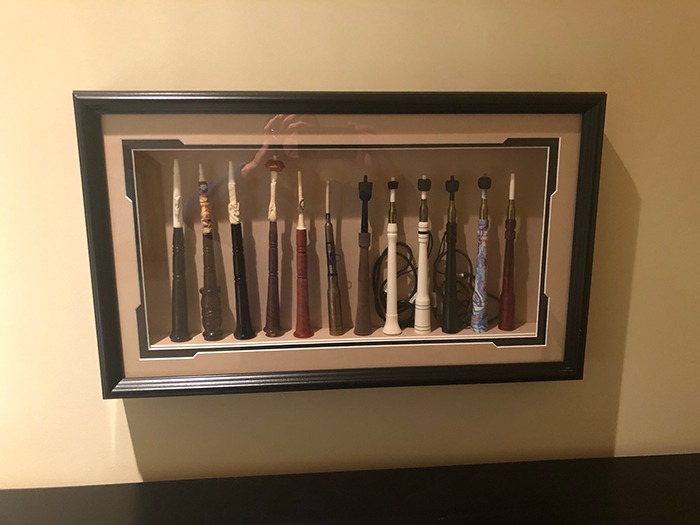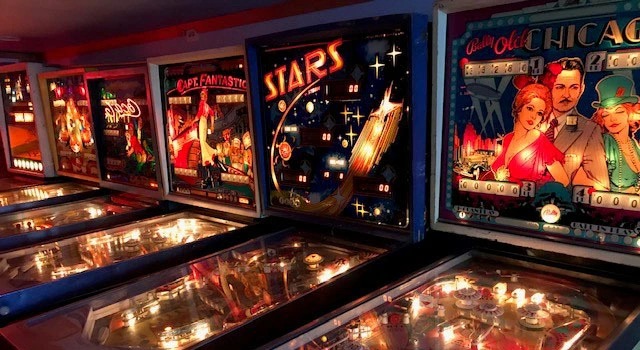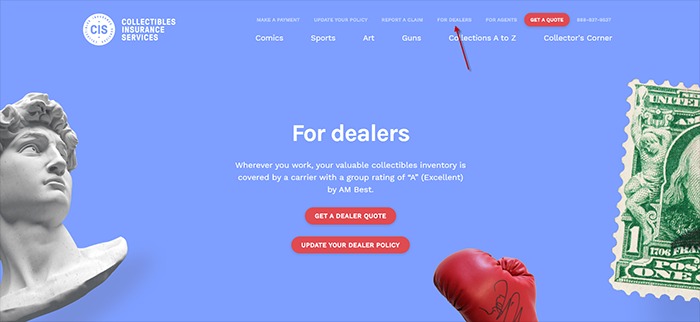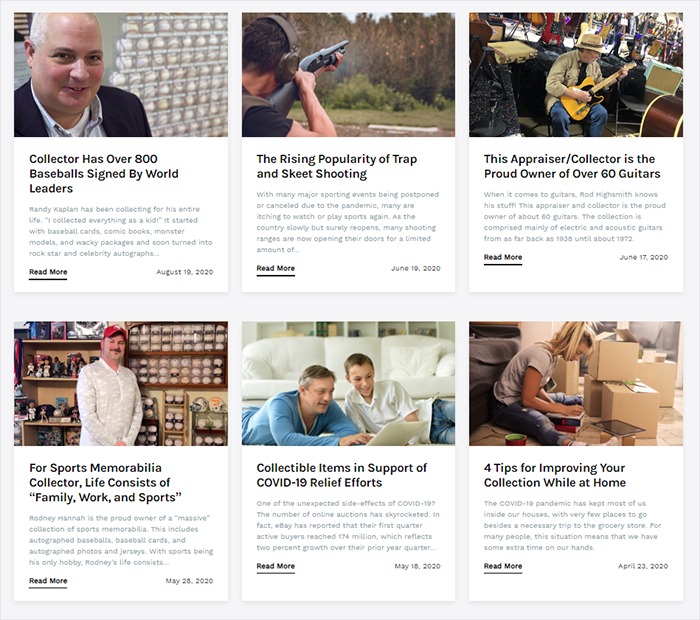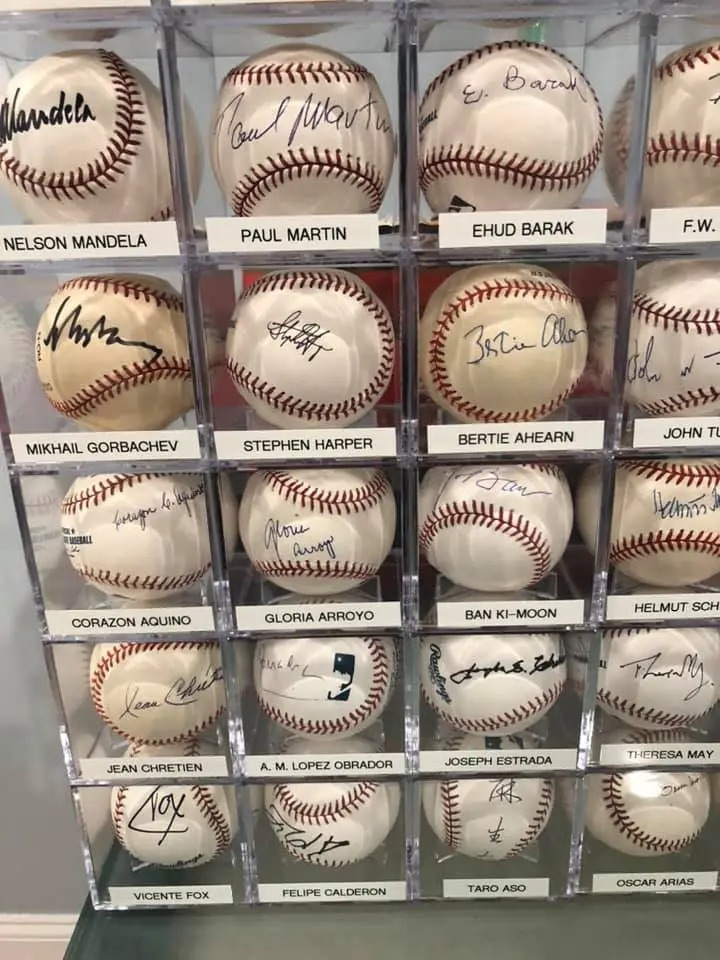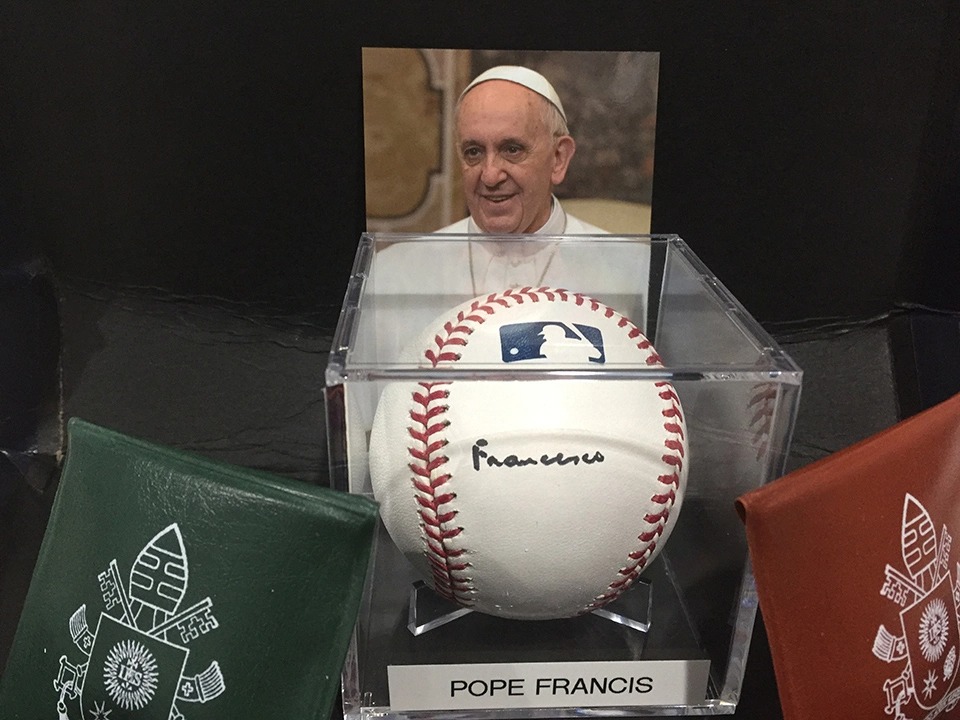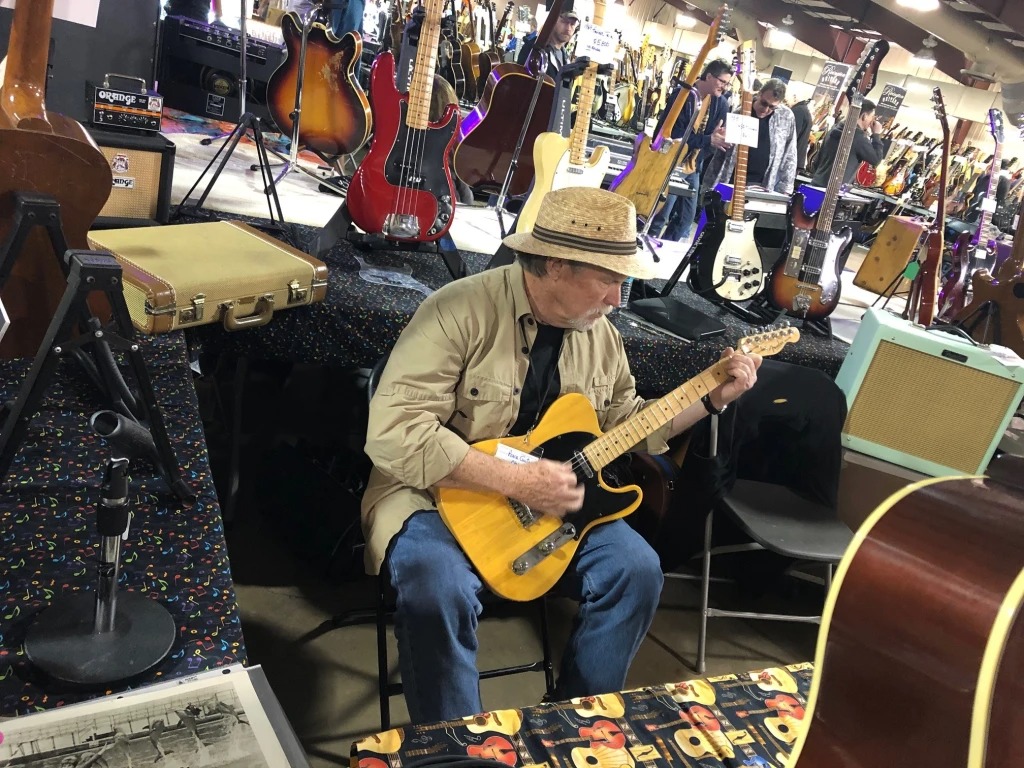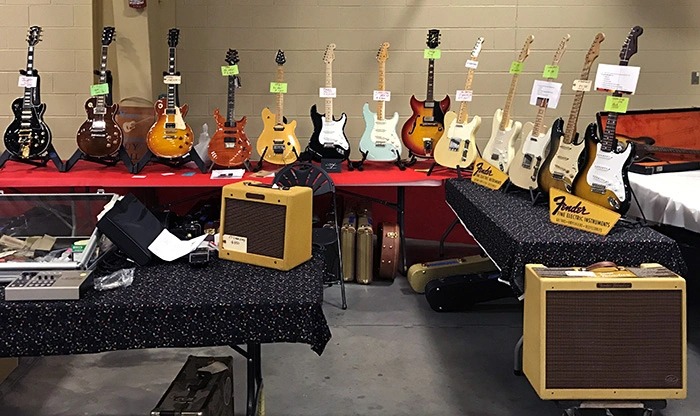A few years back, we shared the story of a woman with a sparkly, shiny collection of Sailor Moon merchandise. The collection took up an entire four bookcases, and was chock-full of colorful and fun Sailor Moon items.
Fast-forward to today: Sarah Forde’s collection is still going strong, and she’s had the opportunity to share her Sailor Moon love with her young daughter. We were lucky enough to catch up with Sarah to find out what’s new in her collection and in the world of Sailor Moon.
CIS: What’s new in your life since you last shared with CIS?
SARAH: Not much has changed outside of just COVID times. Still collecting, probably at a slower pace these days. It’s a little ironic, since the franchise is releasing more merchandise then they have in my entire time collecting. It’s been an interesting couple of years, because they are cranking out so much stuff, so I’ve had to be more selective.
CIS: Have you acquired any new pieces for your collection since then?
SARAH: While I’ve cut back on general merch purchases, I’m trying to keep up with my favorite types of items. I try to keep up with figures, and I try to keep up with certain versions of the merch that I personally like. Magical items!
CIS: How has motherhood affected your hobby? Has your daughter shown any interest in Sailor Moon?
SARAH: Oh yes – ever since she was little, she’s always really admired the collection. I mean, what kid wouldn’t right? I lucked out, because I got a very careful child. She’s very cautious, so even when she was 3 or 4 years old, I could give her some stuff and say, “Ok, be gentle!” She’s always been very respectful of my things. There are definitely some parents out there who would have to put locks on their [collection]! She loves to play with [the Sailor Moon toys]. She likes watching the show and reading the comic books. It’s been fun! There are really fun toys to play with – things that light up and make sounds.
CIS: Has anything interesting or notable happened with Sailor Moon in recent years?
SARAH: They started a new animated version of Sailor Moon in 2014 called Sailor Moon Crystal. They are up to the fourth [season] of the story – which is out in Japan right now [as a two-part theatrical release]. One was released in January, and one is coming out in February. They haven’t been released internationally yet.
CIS: What is your favorite item in your collection?
SARAH: It’s so hard to pick – I always tell people that if the house was on fire, I would grab as many of the art books as I could. I also have two original animation cels. That’s super cool because the cartoons used to be animated with physical mediums on paper, and I have some of those original drawings that are framed. It’s one of my favorite parts of my collection. I’d probably try to grab those too.
CIS: Are there any specific items in your collection that you think fans would be interested to hear about?
SARAH: I have a copy of The Infinity Volume, which is an art book that the creator of Sailor Moon, Naoko Takeuchi, self-published. In Japan there’s an event called Comiket where creators sell their self-published works. Naoko sold these books there in 1997. It’s got a lot of art from the people who worked on the anime and from her staff. It’s a really interesting book because it’s not just a selection of some of her work, it’s a lot of messages and notes from people who were involved in the creation of Sailor Moon. It’s an interesting and beautiful item that’s hard to come by. I feel really lucky to own one that’s in really good condition. It would be my collector’s dream to have it someday signed by Naoko herself.
Follow us on Instagram and keep an eye on our stories (and highlights section) for a closer look at this cool Sailor Moon collection – and many others!
